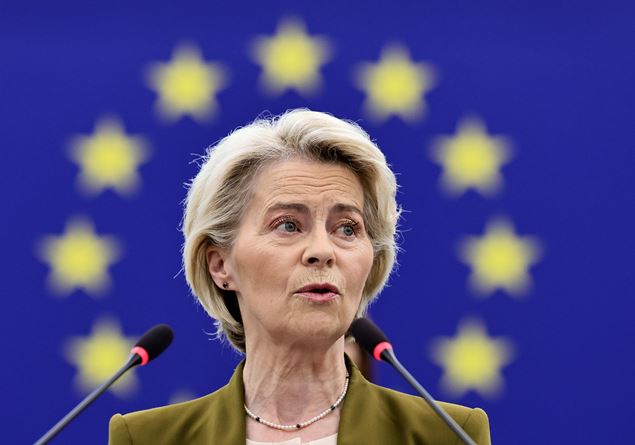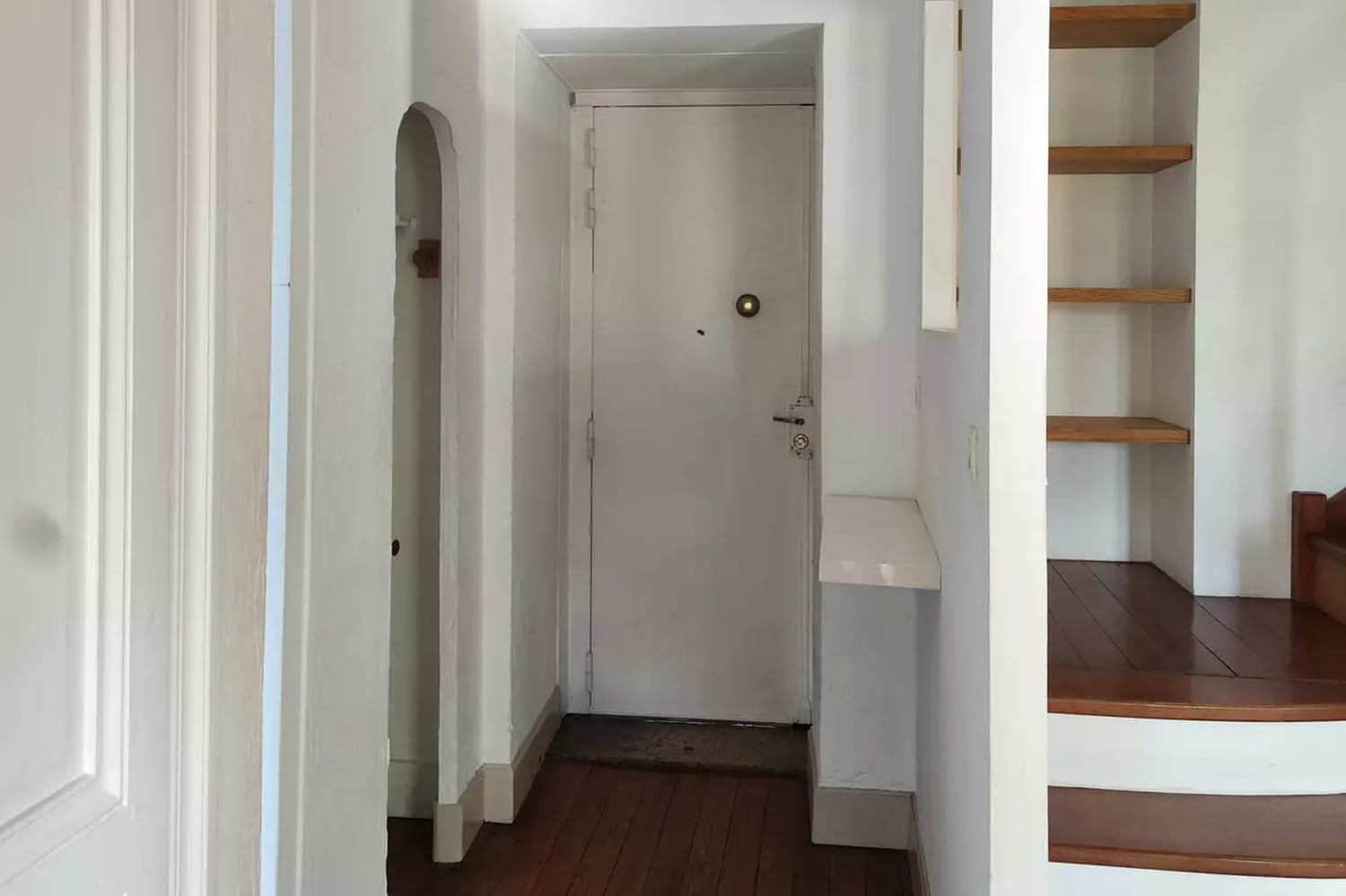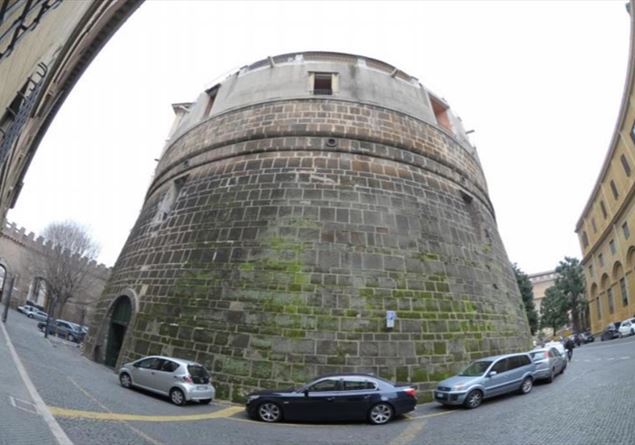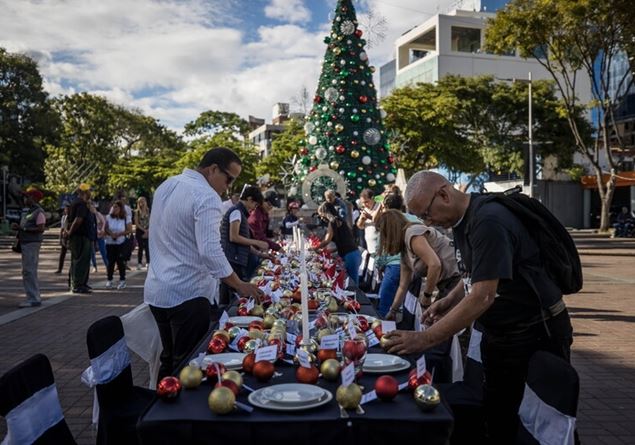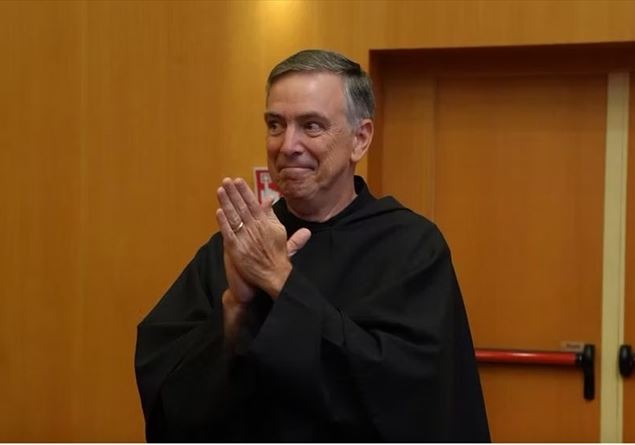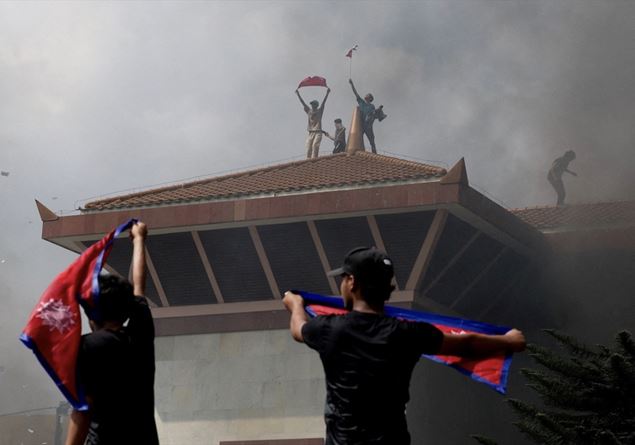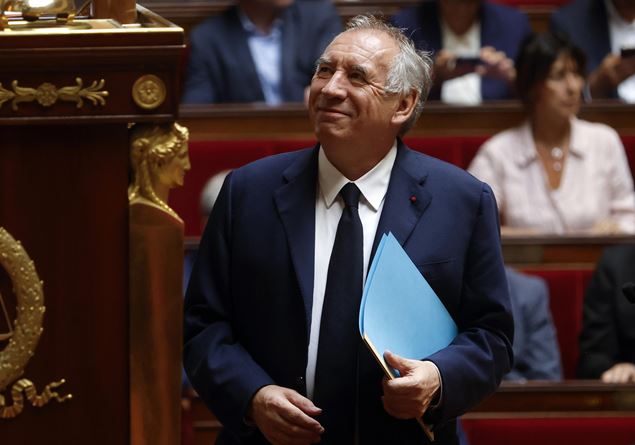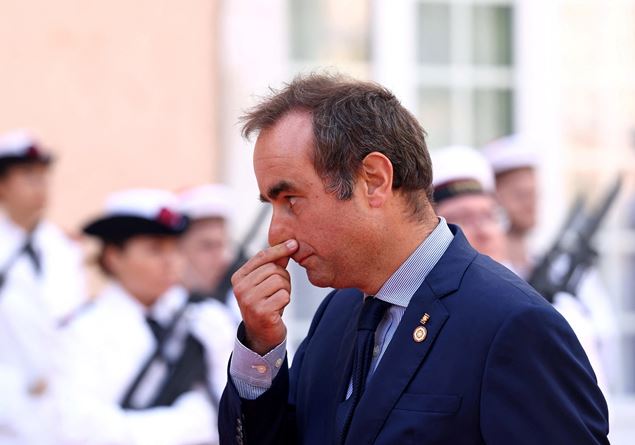Jean Baptiste de Frassu.
In the heart of the smallest state in the world, behind the Leonine walls, there is a financial institution that has nothing to envy, for solidity and transparency, to the giants of global finance. Let’s talk about the Institute for religion works (IOR)who has just published the thirteenth edition of the Annual reportcontaining the Exercise budget 2024. A document written according to the rigorous IAS-IFRS International Accounting Principlesused to ensure the comparability of financial statements on a world scale and imposed on listed companies. That the Ior is not listed, but applies them the same, is already a first sign of the transparency turning point desired in recent years. Behind those principles there is theIASBan independent body based in London: in short, Roman home, but it is played according to the rules of Anglo -Saxon capitalism.
Despite the journalistic definition of “Banca del Papa” Lo Ior is not properly a bank. It does not make loans and employment to companies or individuals for example, as credit institutions normally do. Is a Autonomous body of the Holy See that yes It could define – roughly – a company of savings management, with a mission that goes beyond business profit: serve the Catholic Church in the world. Its customers are not speculative investors or large sovereign funds, but names or entui that we can find in the papal annual: Priests, religious, prelates, parishes, missions, Catholic University, hospitals, clinics, discontent, seminars and so on. To date, I am Over 12,000 “deposits”distributed in More than 110 countries. The Ior is the only authorized entity to operate professionally in the financial field within the state of the Vatican city. The other entities internal to the Vatican are the ordinary OPSA, the Extraordinary Ams and the Obolo di San Pietro, which control the movable and immovable property of the Holy See, on which they depend. The IOR management modeldeveloped internally, takes it to intervene in financial markets with an active approach, carefully selecting assets, according to the objectives of performance and risk of its customers. And we must not forget that the Ior per Statute cannot acquire actions belonging to war or other ethically inconvenient industries.
At the head of the Ior there is a commission of cardinals that reports to the pope and secretary of state led by Christoph Schönborn (the other members are Konrad Krajewski, Giuseppe Petrocchi, Luis Antonio Gokim Tagle, Emil Paul Tcherig). This in turn presides over the superintendency Council, in practice a board of directors, composed of lay people and chaired by the French financier Jean-Baptiste Douville de Francressu, (the other councilors are Javier Marín Romano, Bernard Brenninkmeijer, Georg Freiherr von Boeselager, Michael Hintze, François Pauly and Sheila Marie L. Uriarte-Tan, the only woman of governance). Transmission belt of these bodies is a institutional figure called “the prelate”, since by statute it is a priest to occupy it: it is Monsignor Battista Maria Salvatore Ricca.
In 2024, this small giant produced Results that would throat any banking institution: a net profit of 32.8 million eurosgrowing the 7% Compared to 2023. Not only that. All the main economic indicators are uphill:
- +5.8% the margin of interest, the difference between the interests that the bank collects and those who pay (for example on current accounts or customer deposits).
- +13.2% the commission margin (the gain obtained through the commissions),
- +3.6% The intermediation margin (the sum of the two voices plus other financial income).
But the most impressive data is another: the Tier 1 ratiowhich measures the patrimonial solidity of the banks (even if the IOR is not a bank in the strict sense, as we have said, but in a technical sense it operates with bank criteria). Such an index reaches 69.43%. A peak unthinkable for international standards, where already 10% is considered solid. A combination of CONTENT RISKS And Increase in the net assets.
Total collection also marks a step forward: 5.7 billion eurosgrowing compared to 5.4 billion in 2023. In here we find deposits, current accounts, asset management, titles in custody. The net assets salt a 731.9 million euroswith an increase in 64.3 million. The increase in profit, explain from the IOR, is due to prudent but effective managementwho has been able to combine growing margins And careful containment of costs.
But you don’t live in finance alone. 2024 was also a year of Infrastructure investmentsin particular to enhance thedigital infrastructurestrengthen the key functions and take New specialized resources. The end is only one: serve the customers of the Church better. We are faced with an entity that, although not imposing, is currently Solid as the stones of the Niccolò V Torrione V which houses its offices, close to the Apostolic Palace.
The exceptional Tier 1 ratio they liquidity indicators they place the IOR between the Most solid financial institutions in the worldat least in terms of property.
The budget received one Report without reliefs by the review company Mazars Italia Spaand it was unanimously approved from the Superintendence advice on April 29, 2025. As per the statute, it was then transmitted to the Cardinal Commission for the final evaluation.
Just the Commission, In light of the solidity of the data and taking into account the needs of assets, has decided to distribute a dividend to the Holy Father equal to 13.8 million euros. Will be used, as required by the institute’s mission, in support of religion and charity works.

